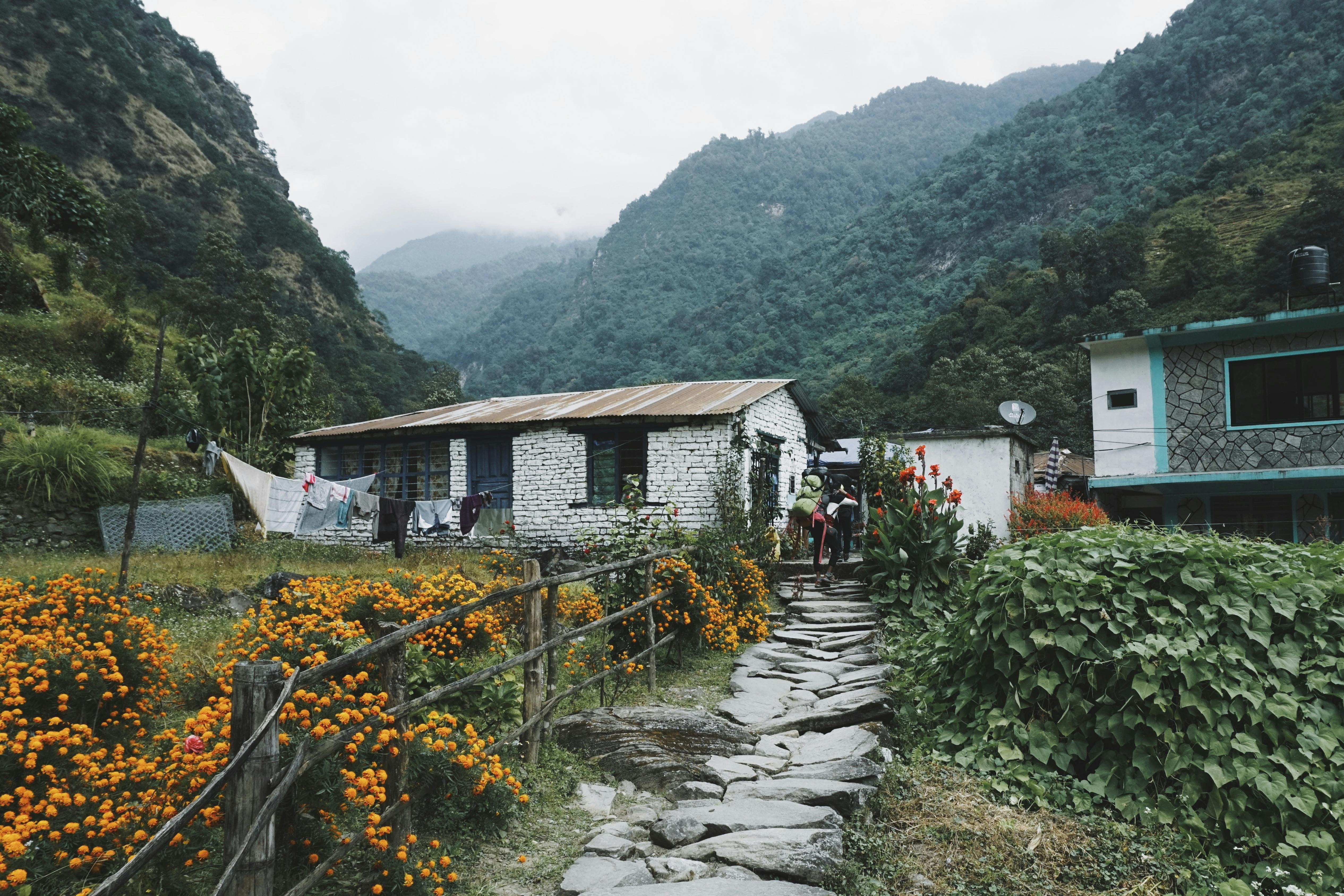If you are looking to create a beautiful and productive garden space, consider building a raised garden bed against a fence. Raised beds offer several advantages, such as better soil drainage, improved soil fertility and easier access for planting, weeding and harvesting. Building a raised bed against a fence can be relatively simple and straightforward. With the right materials, tools and techniques, it is possible to have your raised garden bed up and running with minimal effort. In this article, we will discuss how to build a raised garden bed against a fence.Building a raised garden bed against a fence can be beneficial in many ways. Firstly, it allows for more space to grow plants due to the extra height of the bed. This makes it easier to access and tend to your plants as they are not obstructed by other plants or objects. Secondly, the fence provides additional protection from wind and other elements, making it easier for your plants to thrive. Thirdly, the soil in a raised garden bed is usually of higher quality than that of in-ground soil, providing your plants with better nutrients and drainage. Finally, a raised garden bed against a fence can also be
Materials Needed to Build a Raised Garden Bed Against a Fence
Building a raised garden bed against a fence is an ideal way to add beauty and functionality to any backyard. It can be used to grow flowers, vegetables, and herbs, as well as providing a decorative backdrop for the garden. To build the raised bed, you will need some basic materials such as plywood, screws, nails, soil mix, and plants. Here is a list of everything you’ll need:
- Plywood – Make sure you get
Step 1: Choose a Location for the Raised Garden Bed
The first step in building a raised garden bed against a fence is to choose the right location. When selecting a site, make sure it is level and close to a water source. It should also get plenty of sunlight, as this will ensure that your plants get the necessary nutrients to grow. Additionally, you should choose an area that is away from any trees or other large objects that could potentially block sunlight or create shade. Once you have selected the location, you can begin to prepare the ground for your raised garden
Preparing the Ground for the Raised Garden Bed
Creating a raised garden bed is a great way to improve your garden and give you better control over how your plants grow. But before you can start building your raised bed, it’s important to prepare the ground beforehand. This will ensure that your plants are given the best possible environment when they’re in their new home.
The first step to preparing your ground is to make sure it’s free of weeds and other debris. You can do this by hand or with
https://images.pexels.com/photos/1101140/pexels-photo-1101140.jpeg
Installing the Lumber
Installing lumber is a crucial step in creating a drainage system. The lumber should be cut to the right length and securely fastened to the surface where it is being installed. It is important to make sure that the lumber is level and properly aligned, as this will ensure that water flows in the desired direction. Once the lumber is in place, it should be covered with a layer of gravel or crushed stone to prevent erosion and help control drainage.
Gaps for Drainage
Gaps

Adding Soil and Compost to Fill in the Raised Garden Bed
Adding soil and compost to your raised garden bed is an important part of creating a healthy and productive garden. The right combination of soil and compost will provide the nutrients, drainage, and aeration your plants need to thrive. Here are some tips for adding soil and compost to your raised garden bed.
Start by preparing the soil in the raised bed. Remove any rocks, roots, or weeds from the soil before you add anything else. Then, spread a layer of organic
Choosing Plants Suitable for Growing in Raised Garden Beds
Raised garden beds provide a great opportunity to create a visually appealing, productive vegetable garden. When choosing plants to grow in raised beds, it is important to consider the size of the bed, the type of soil, the climate and the amount of sunlight available. The size and shape of the bed will determine how many plants can be grown and what types of vegetables are suitable. It is also important to consider how much maintenance will be required.
When selecting vegetables for your raised bed
Assessing Sun Exposure When Placing Plants in the Garden Bed
When placing plants in a garden bed, it is important to assess the amount of sun exposure that the area receives. Different plants have different requirements for sunlight, and knowing what kind of exposure each plant needs is essential for successful gardening. Sunlight can be divided into four categories: full sun, partial shade, full shade, and dappled light.
Full sun refers to areas that receive direct sunlight for at least six hours a day. This type of exposure is best suited for plants that thrive

Conclusion
Building a raised garden bed against a fence is a great way to maximize space, increase soil fertility and create an aesthetically pleasing outdoor space. It is important to consider the size, orientation and material of the bed when planning the construction. The most important step is to ensure that the bed is stable and level.
Once constructed, additional measures should be taken to improve soil fertility such as composting or adding fertilizer. Planting flowers or vegetables in the raised bed will require some additional maintenance, such as weeding, watering and pruning.
